Get started with Secoda
See why hundreds of industry leaders trust Secoda to unlock their data's full potential.


See why hundreds of industry leaders trust Secoda to unlock their data's full potential.

Data teams today face an overwhelming choice of AI tools that promise faster insights, cleaner pipelines, and better collaboration. From no-code modeling platforms to enterprise-grade governance systems, the landscape has grown crowded. The real challenge is finding a tool that can be trusted to deliver reliable results without creating more work. That’s where Secoda, alongside other AI solutions, plays a critical role: bringing analysis, documentation, and governance together in one place.

Ask Data and Explain Data add AI-powered natural language queries and anomaly explanations. Atlassian reports ~20% faster insight discovery.

Q&A visuals, Key Influencers, and Decomposition Tree aid deep exploration of data.
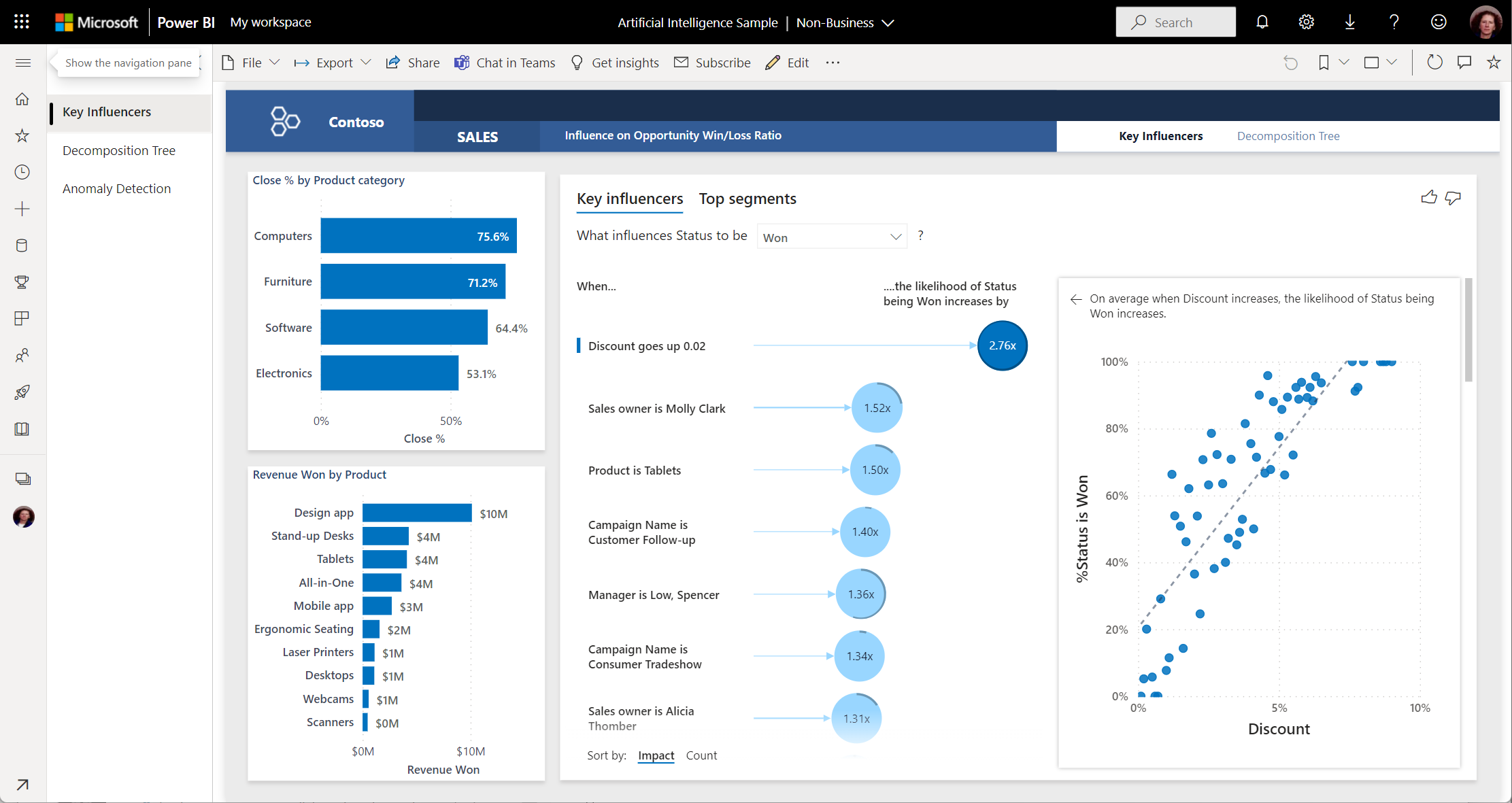
Its associative engine lets you traverse data freely and AI assists with natural-language exploration.

Fully automated model pipelines with comparative leaderboards. Ideal for high-stakes modeling.
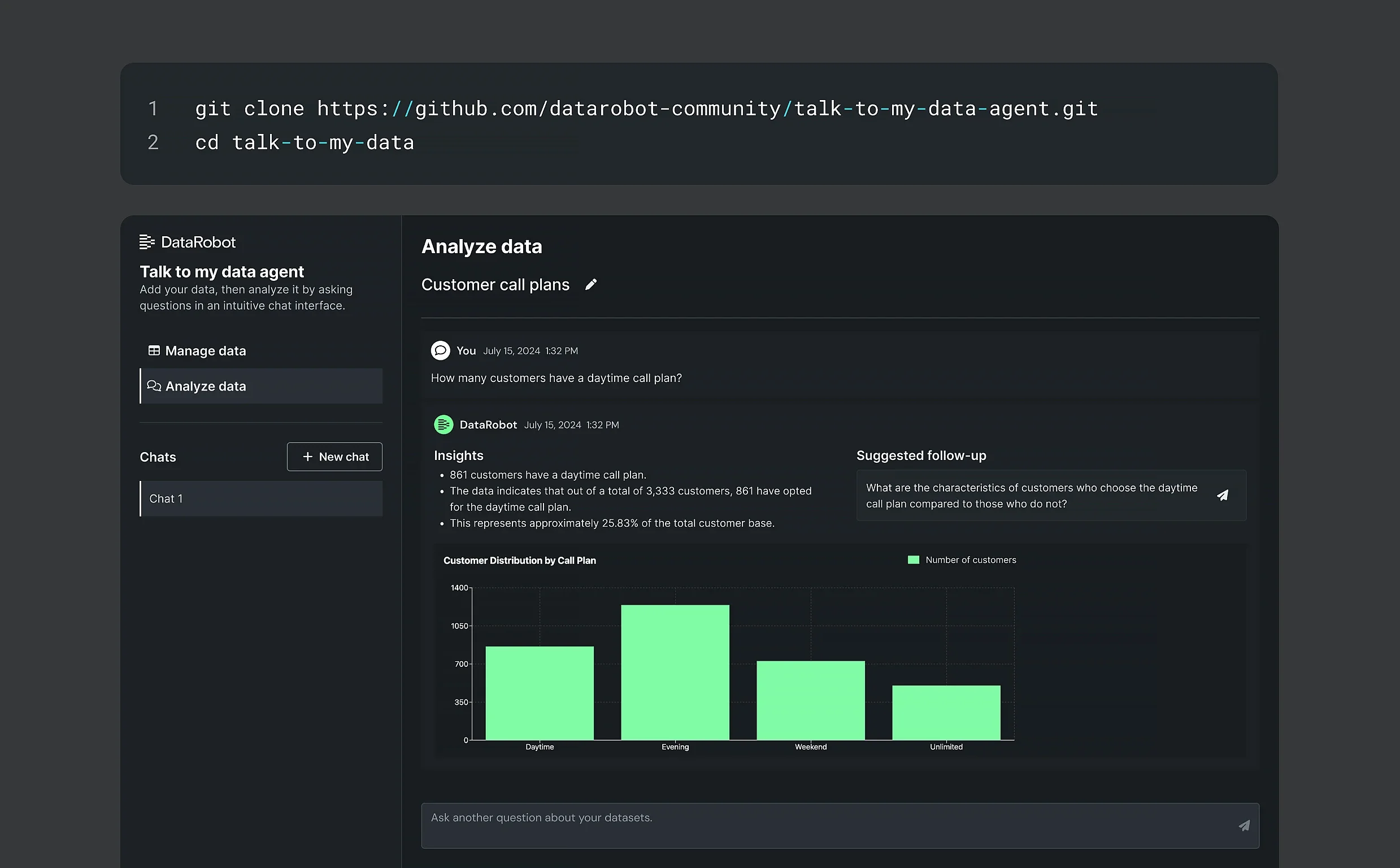
Open-source foundation; automates feature engineering and tuning. Used in predictive healthcare workflows.
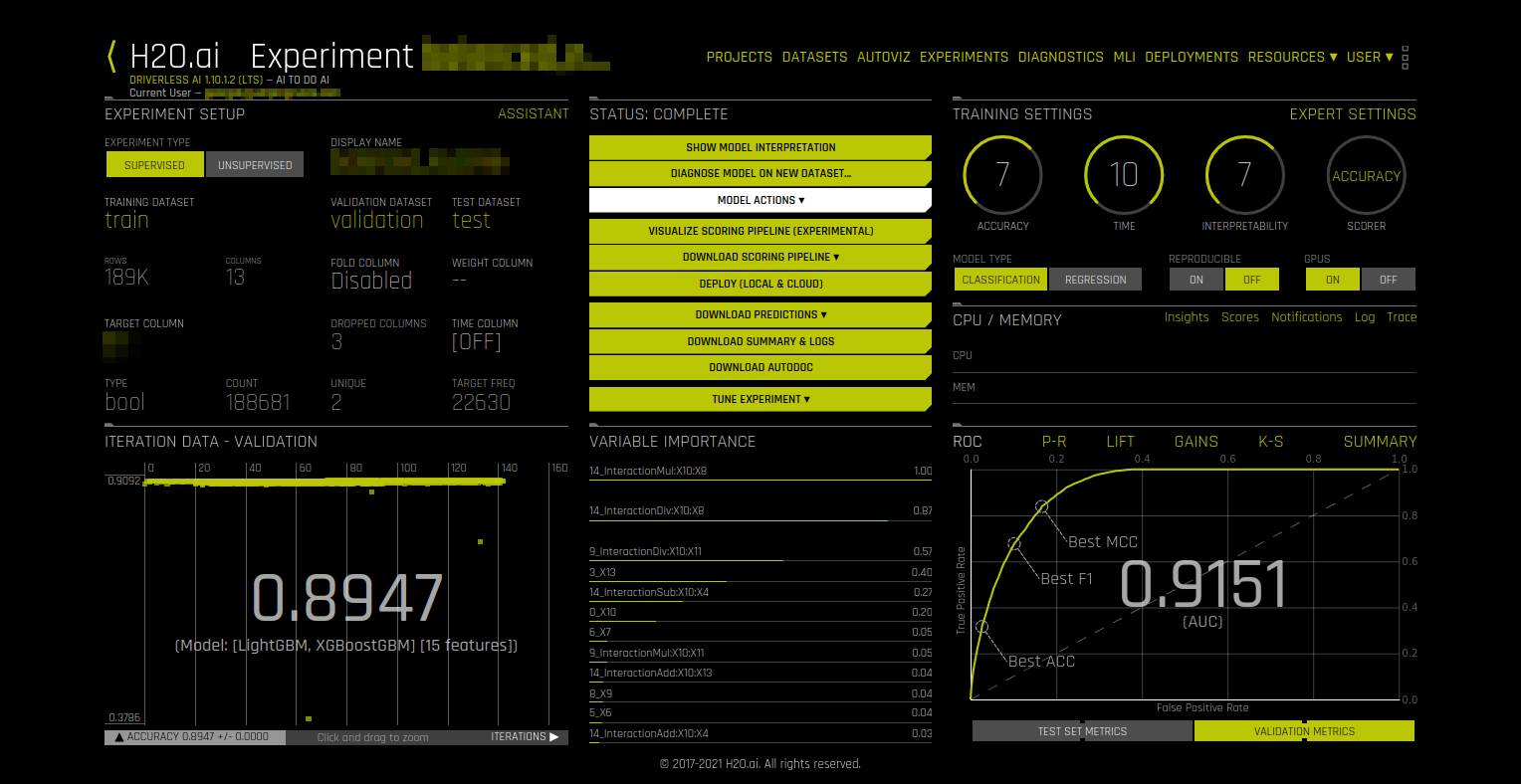
No-code AI platform that integrates with Salesforce, Google Sheets, Snowflake. Great for lead scoring.
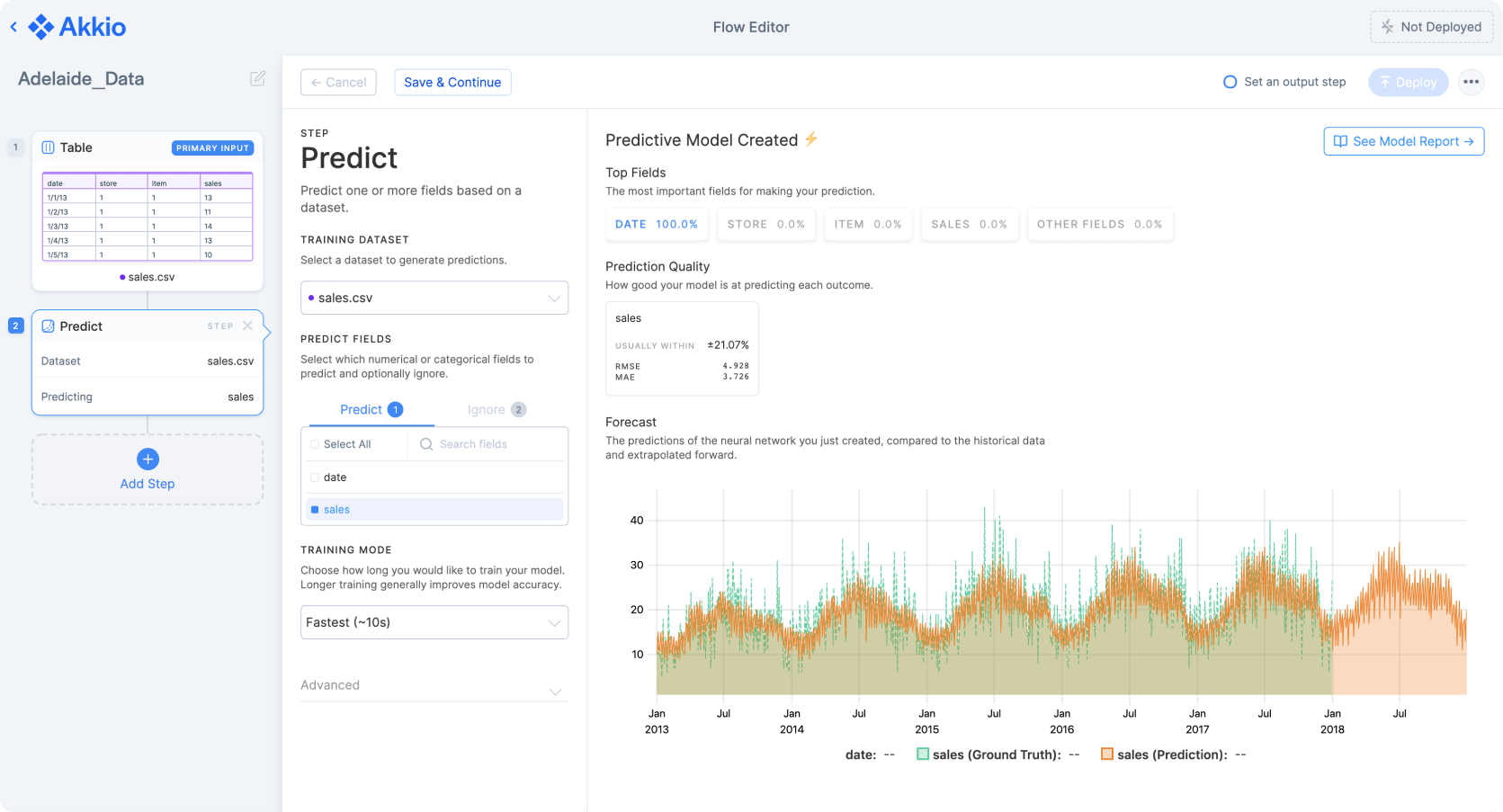
Upload CSVs or sheets, ask in plain English, and get charts or insights instantly.
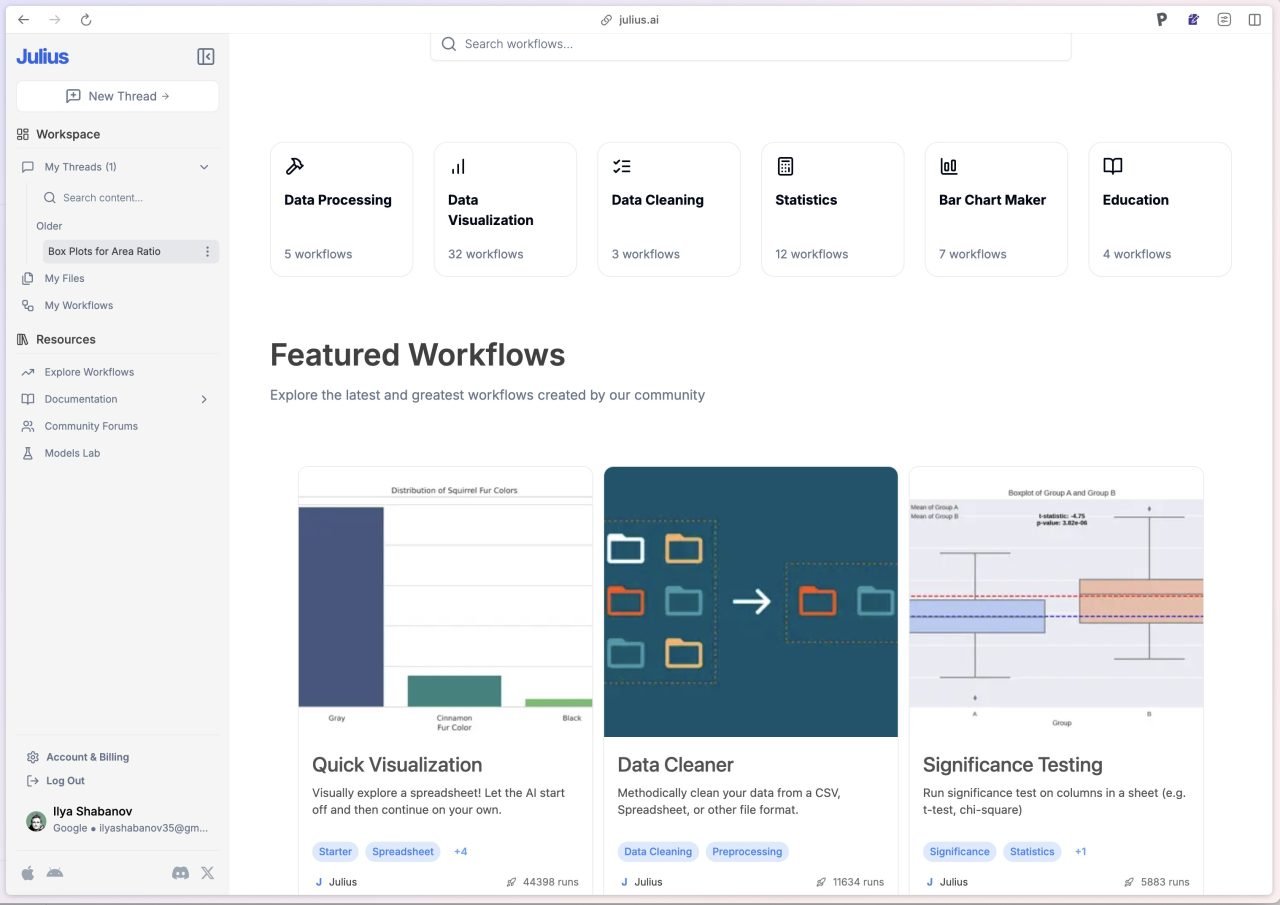
Custom generative AI for collaborative team data workflows.
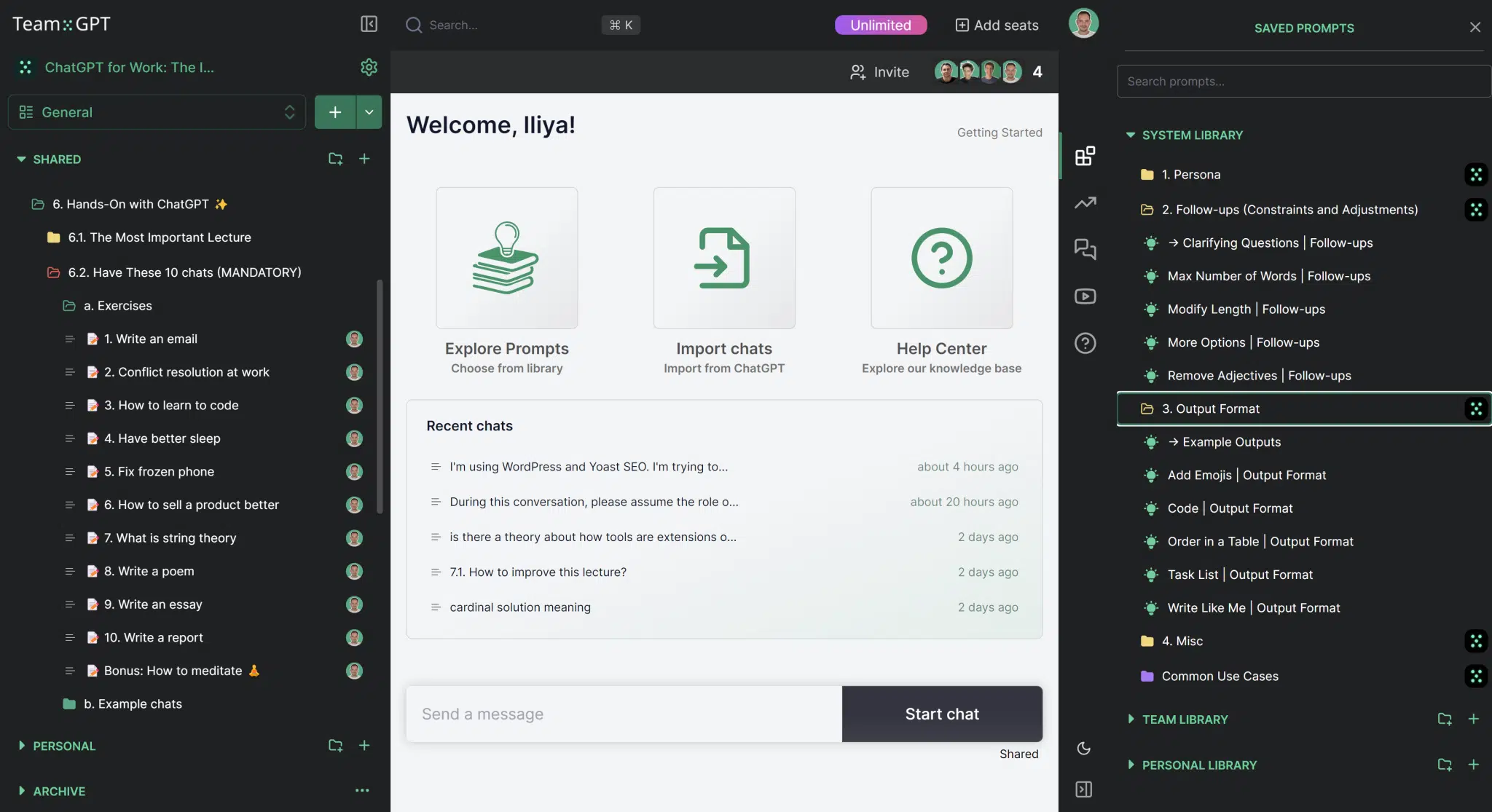
Builds SQL, docs, and tests within dbt models, which is ideal in transformation pipelines.

Airbyte lets you build data pipelines that work anywhere. You can move data from over 600 sources into warehouses, lakes, and beyond. Deploy on-prem, in the cloud, or hybrid.
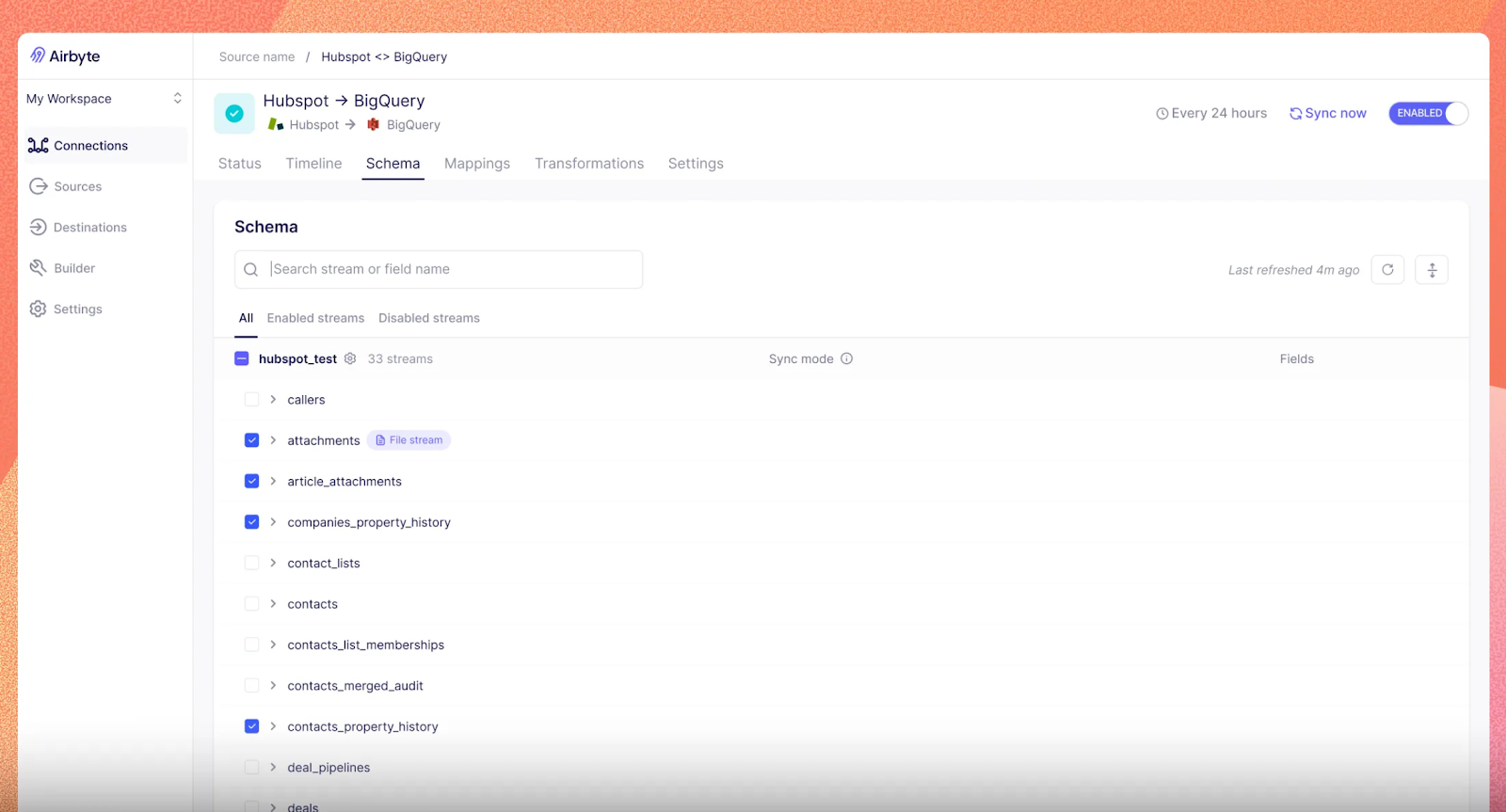
Drag-and-drop workflows with embedded predictive modeling, which is excellent for analysts automating recurring tasks.
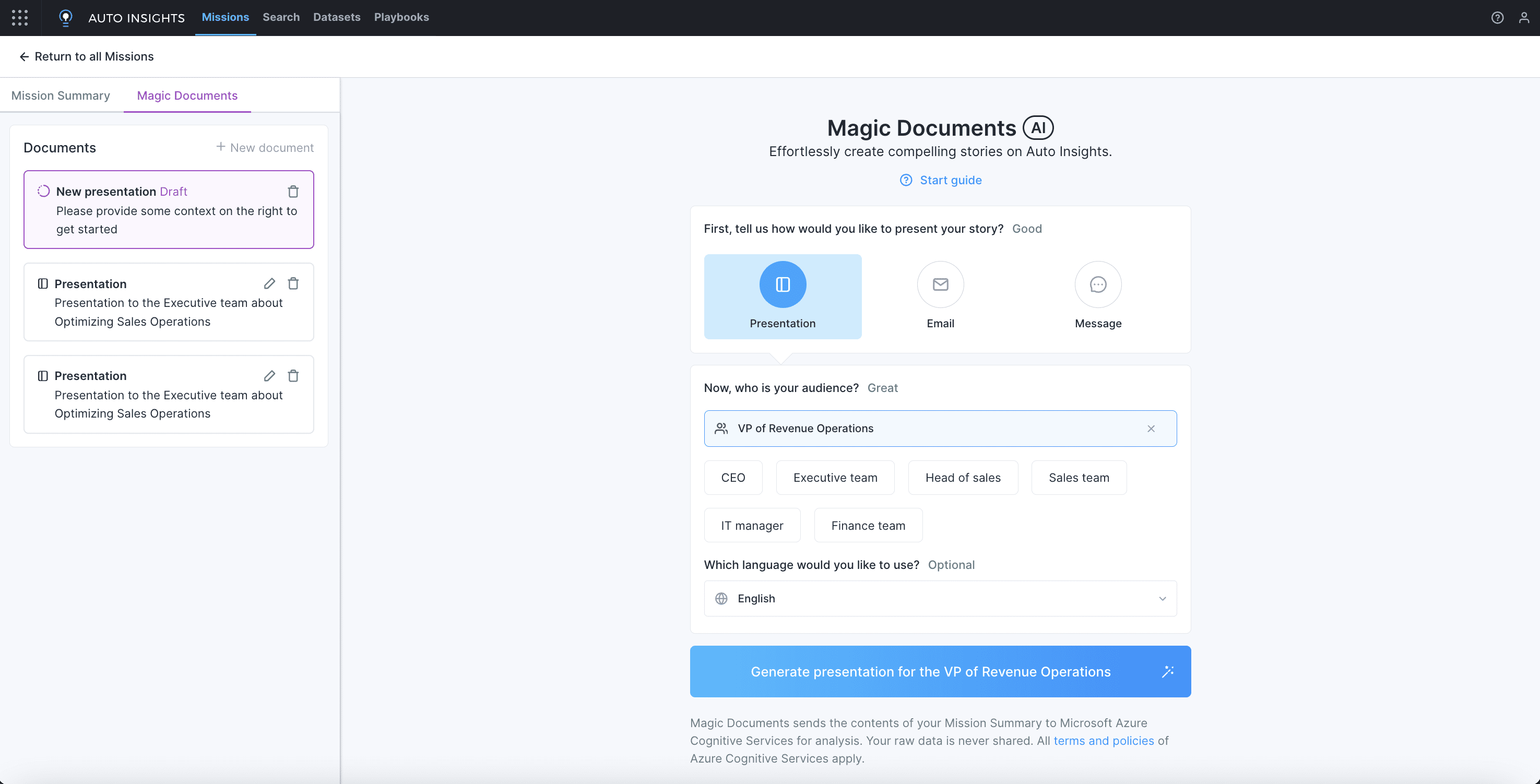
Node-based open-source platform with integration for Python, R, Spark, H2O. Scales up to millions of records.

Turns spreadsheets into interactive web dashboards without writing code.

Lakehouse platform with collaborative notebooks, AI workflows at big-data scale.
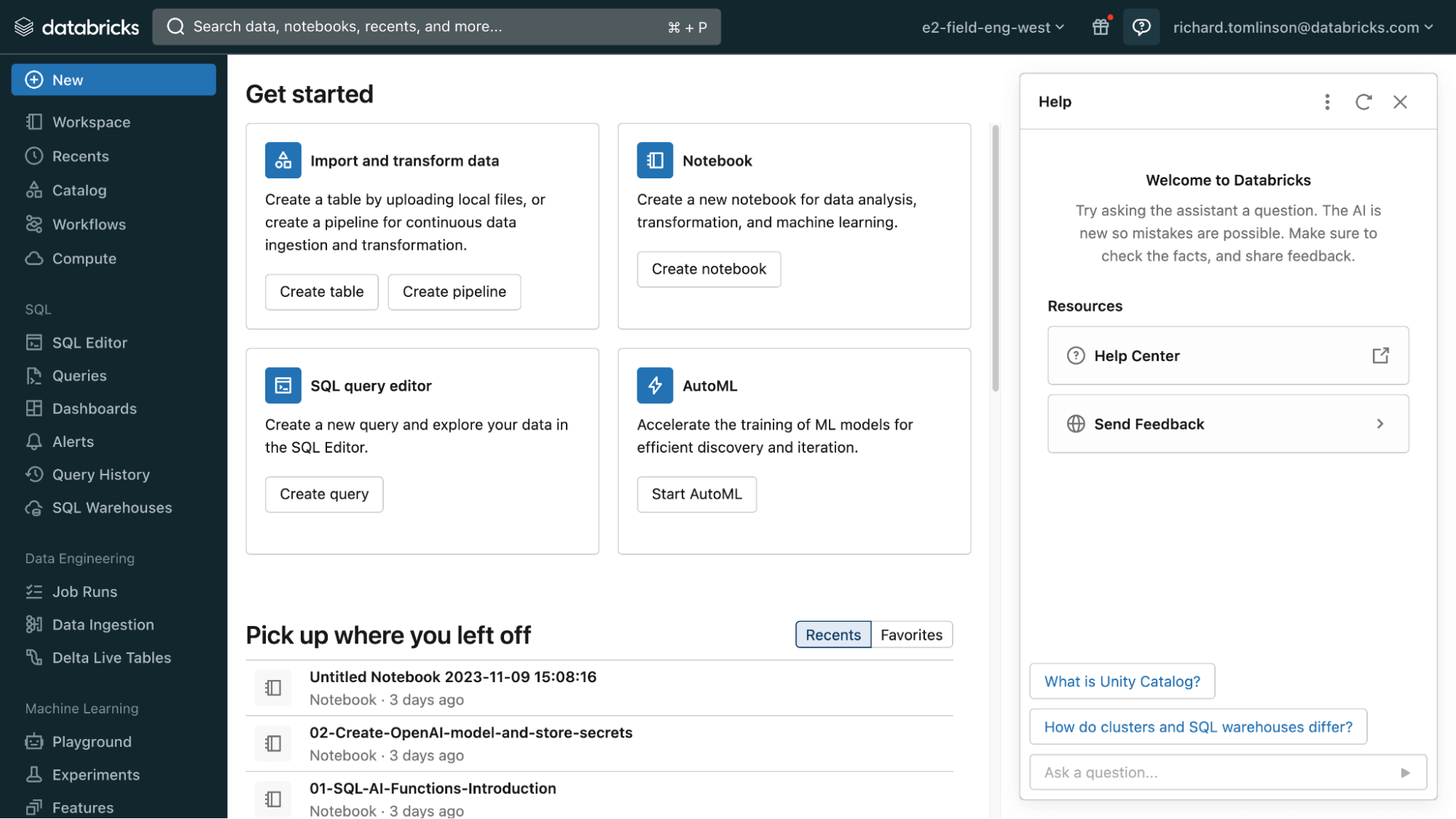
Visual programming for data mining and basic ML. Great for learners.
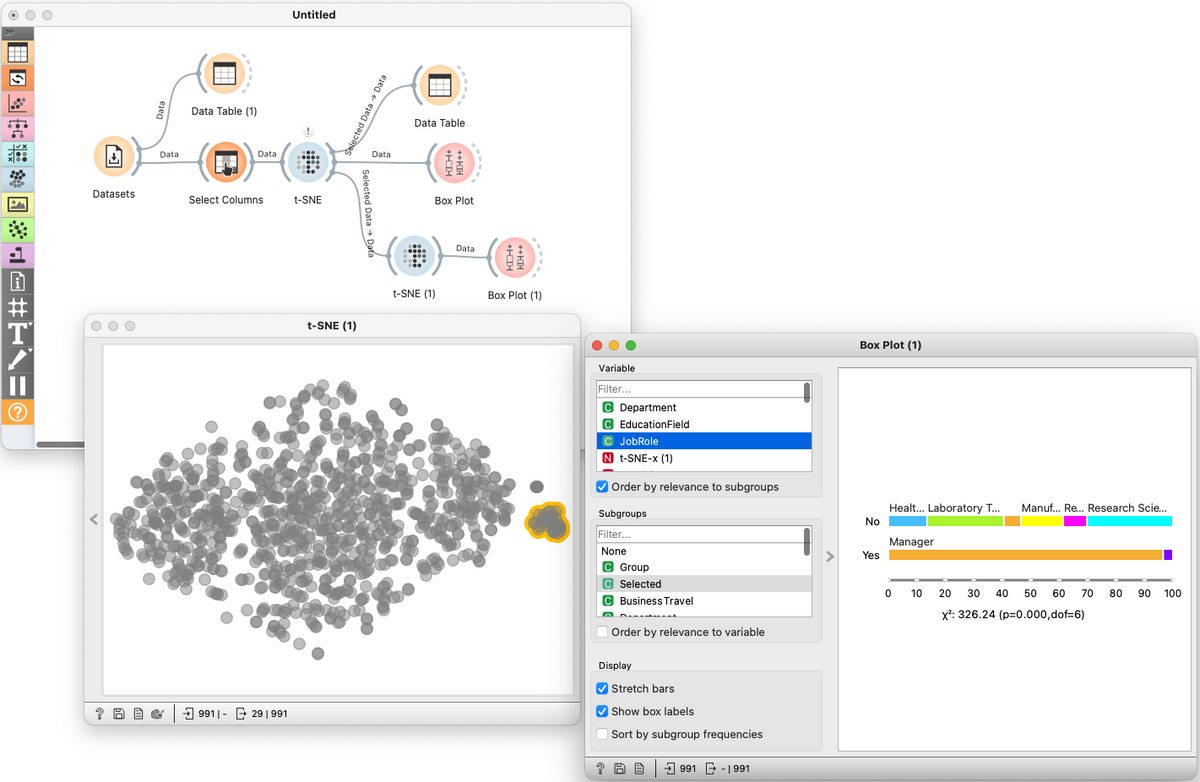
Free-tier available; GUI-based data prep, modeling, and evaluation tools.
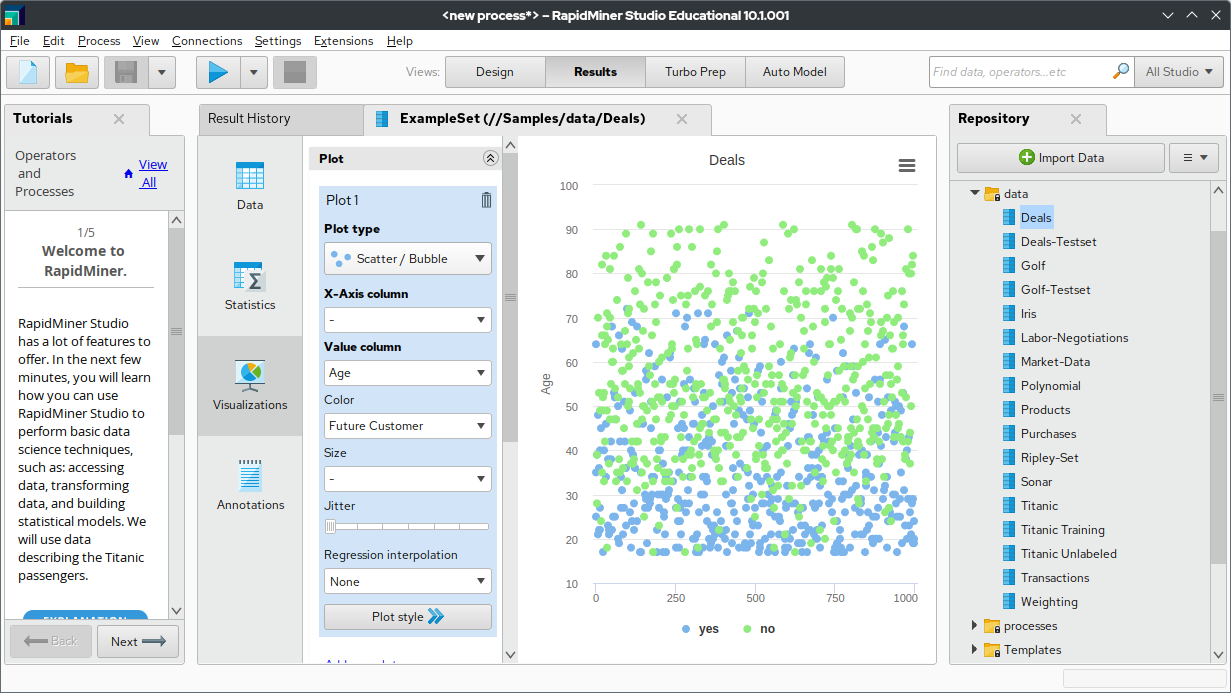
Java-based suite for classification, clustering, regression, with an easy GUI.
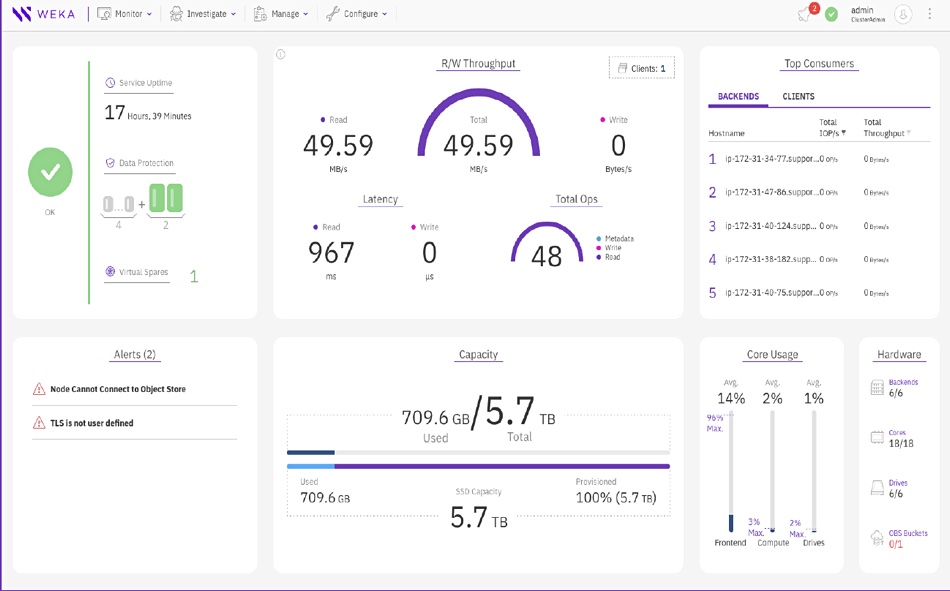
Specialized for unstructured text analytics, especially useful in customer feedback or social science research.

Tools for scalable modeling, deployment on devices or clusters, and collaborative code notebooks.
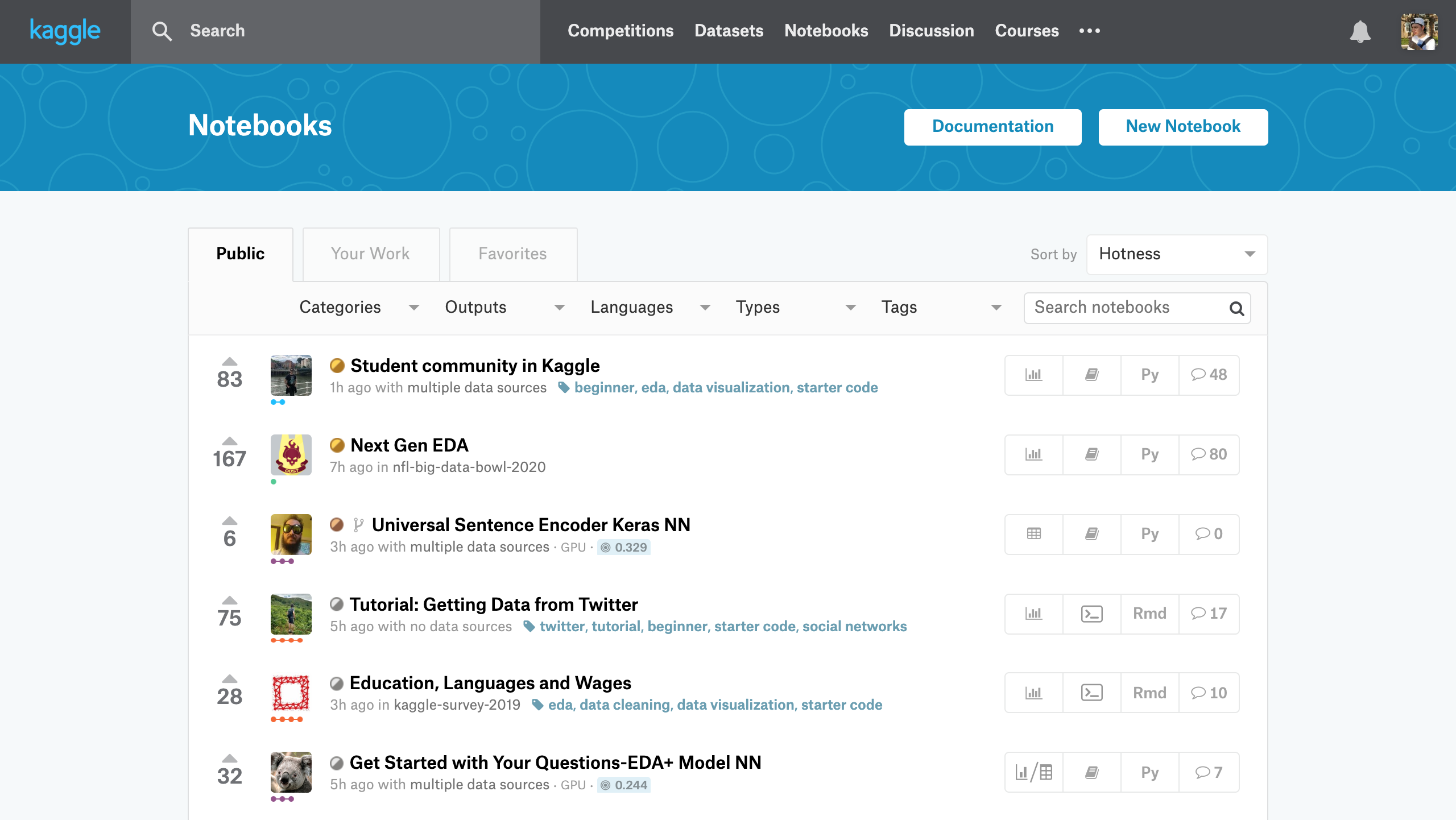
Classical powerhouse with more than 300 procedures and rich GUI tools. Recent AI investment of $1B+ drives deep learning and generative analytics.

Great for prototyping conversational explorers; plugin ecosystem is growing fast.
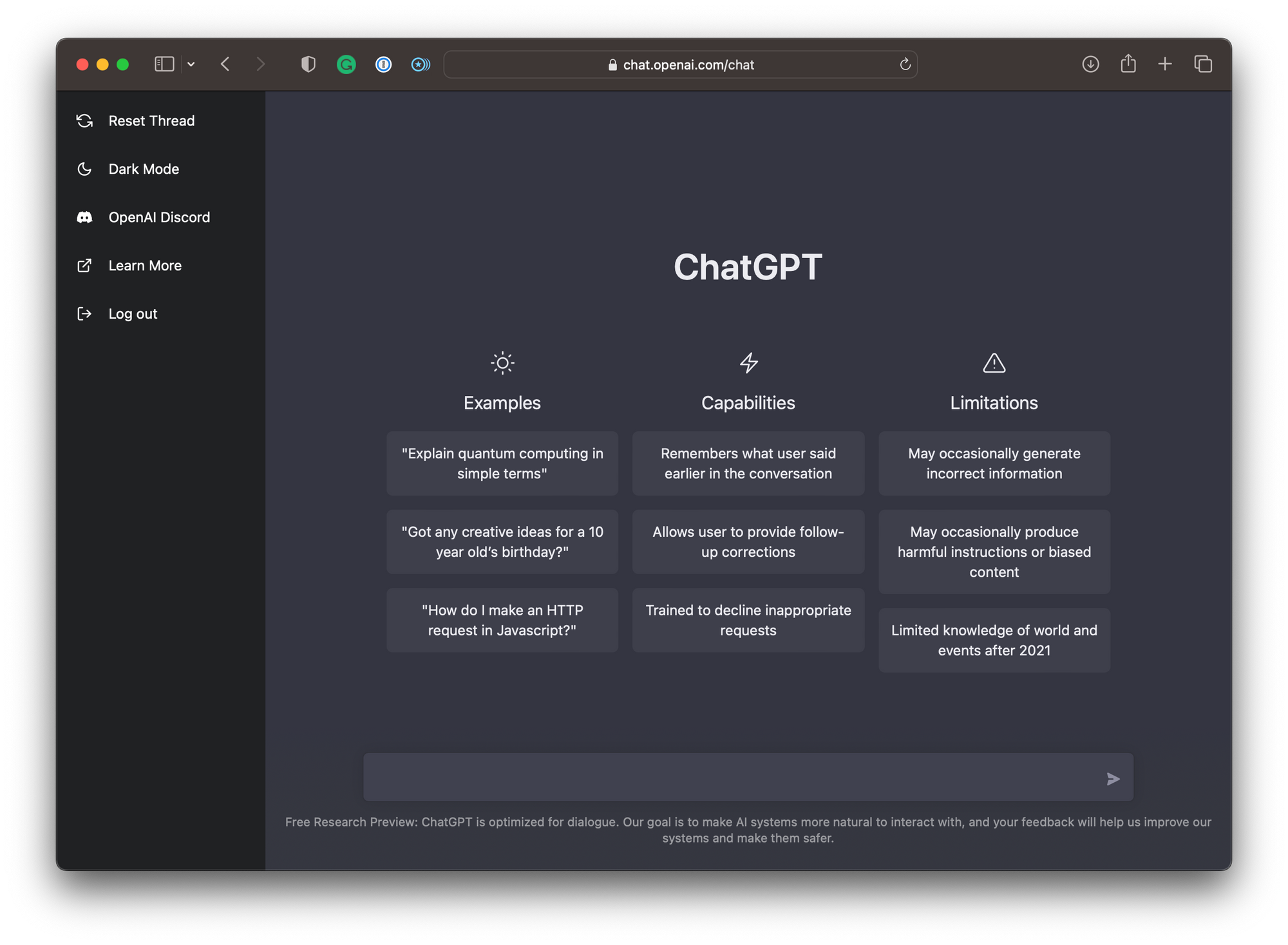
Safety-focused model with large context window; better for document-heavy reasoning.
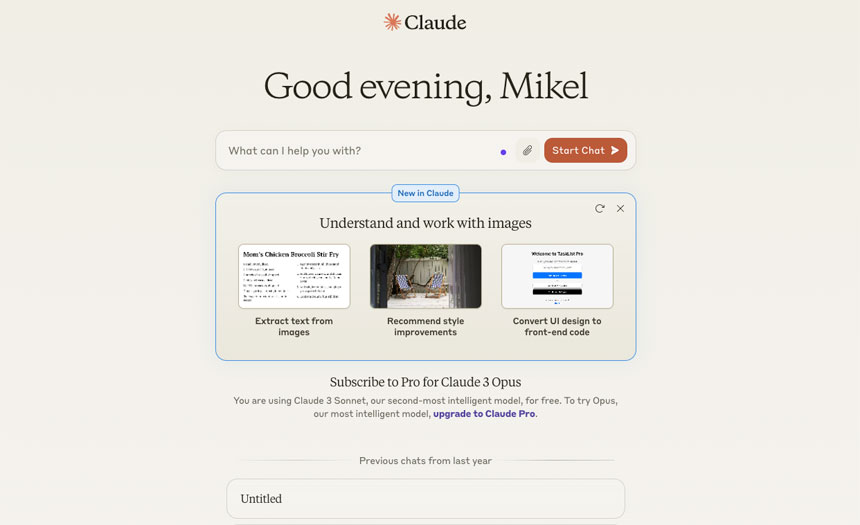
Multimodal, integrates smoothly with Workspace tools; strong for document/image workflows.
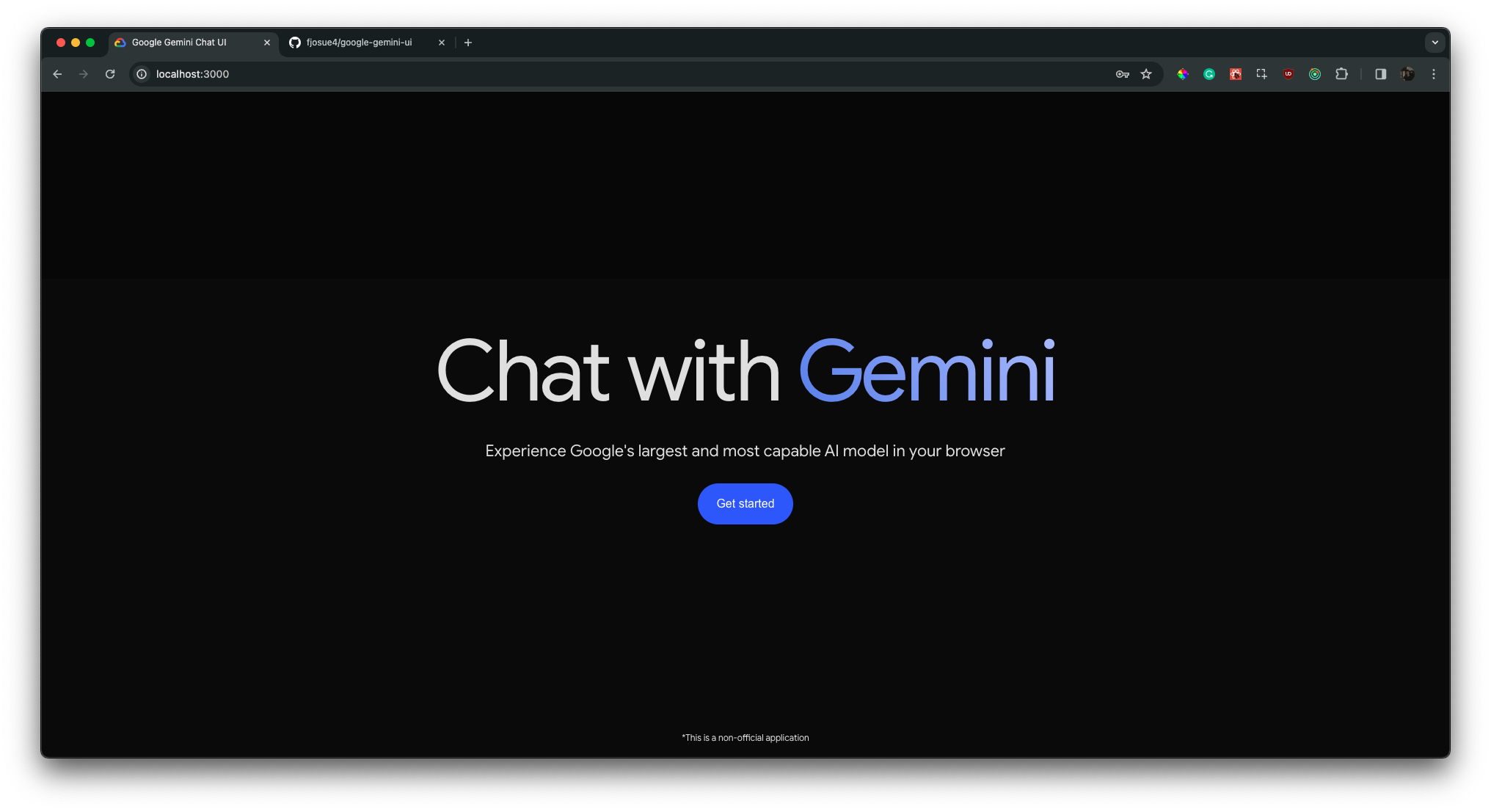
Fun, personality-rich, real-time assistant; best for informal exploration.
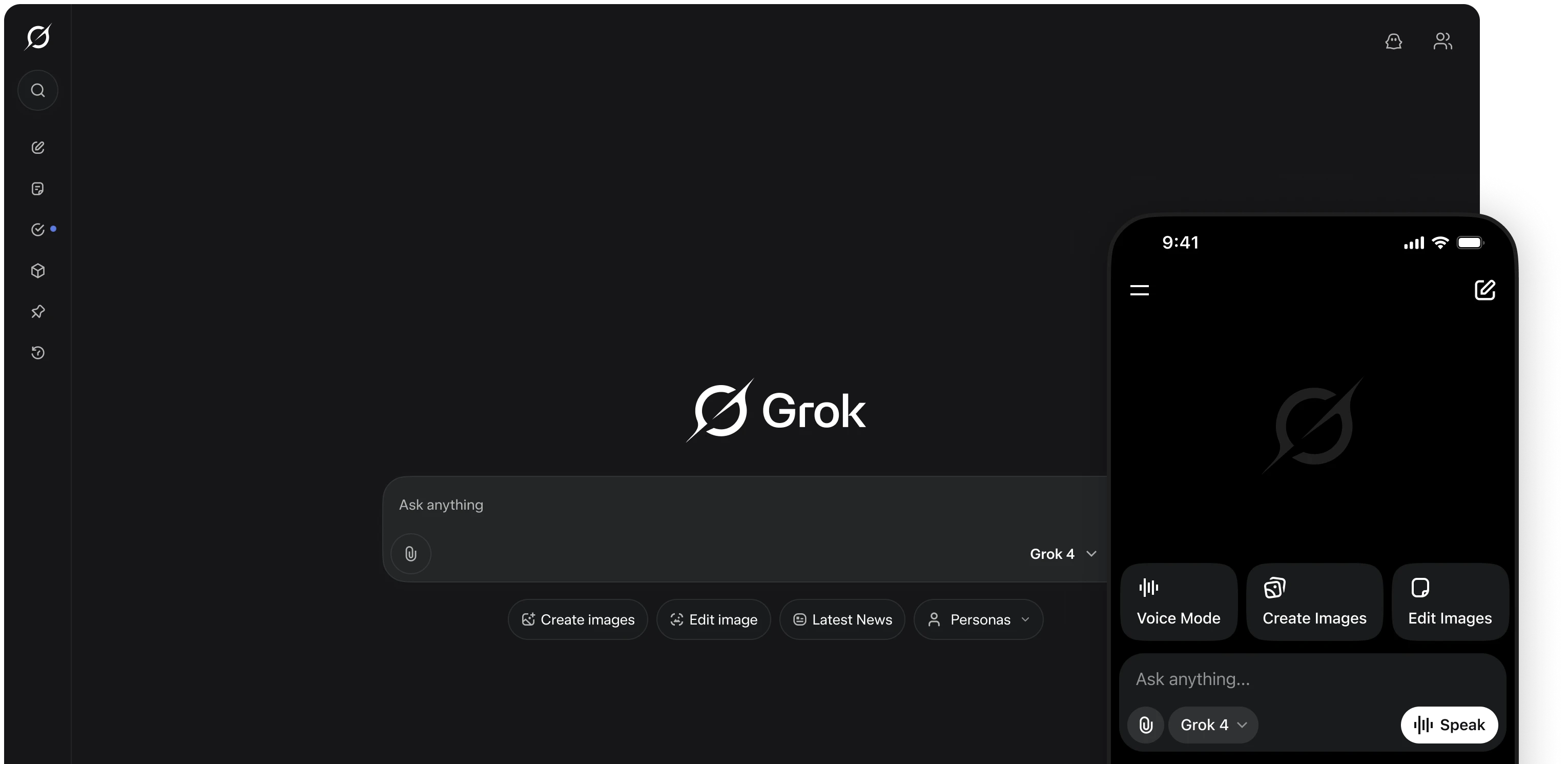
Built-in anomaly detection and analytic AI; fast within the warehouse but limited to that context.
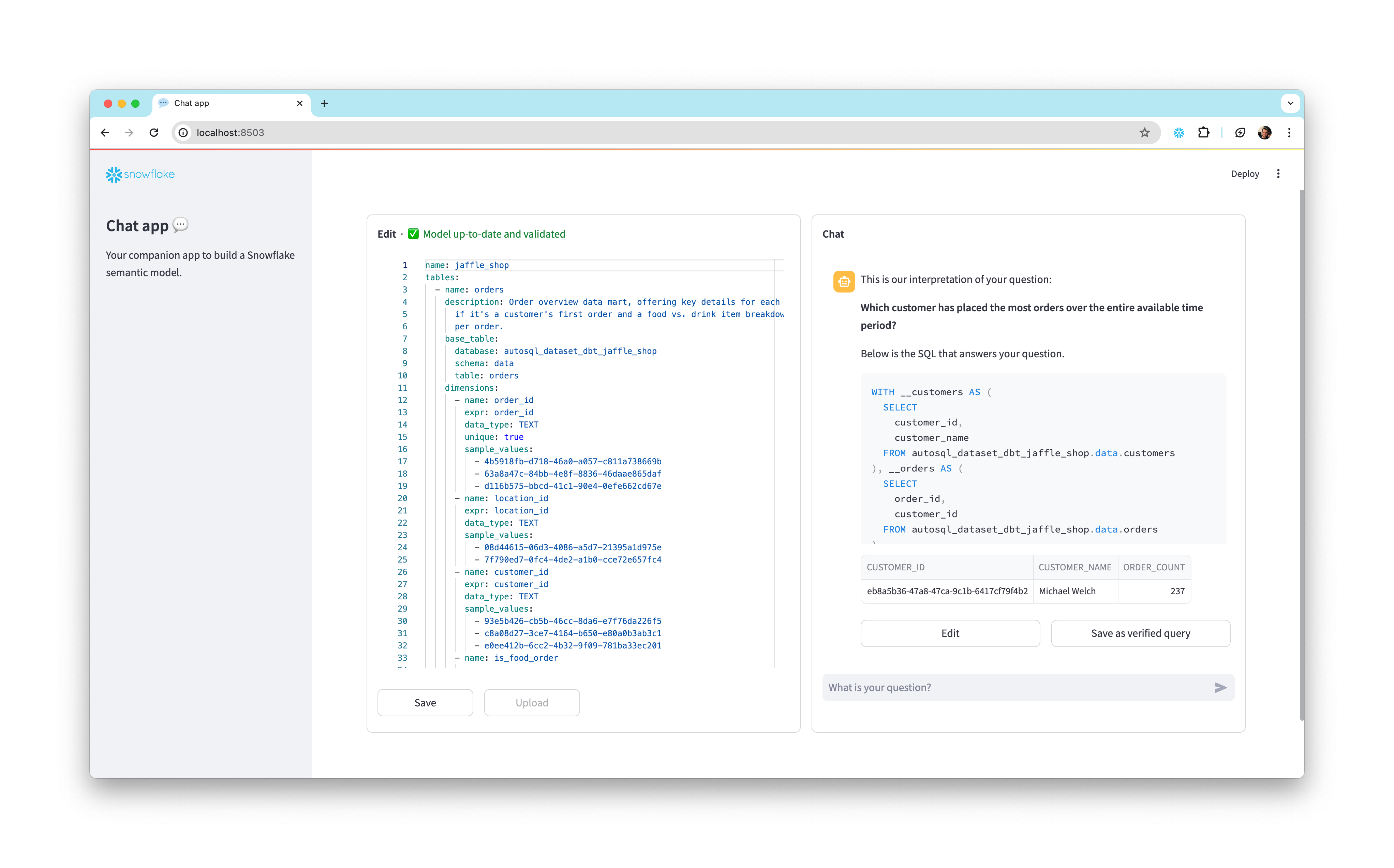
Natural language dialogue inside dashboards. Quick insights but limited context beyond the visualization layer.
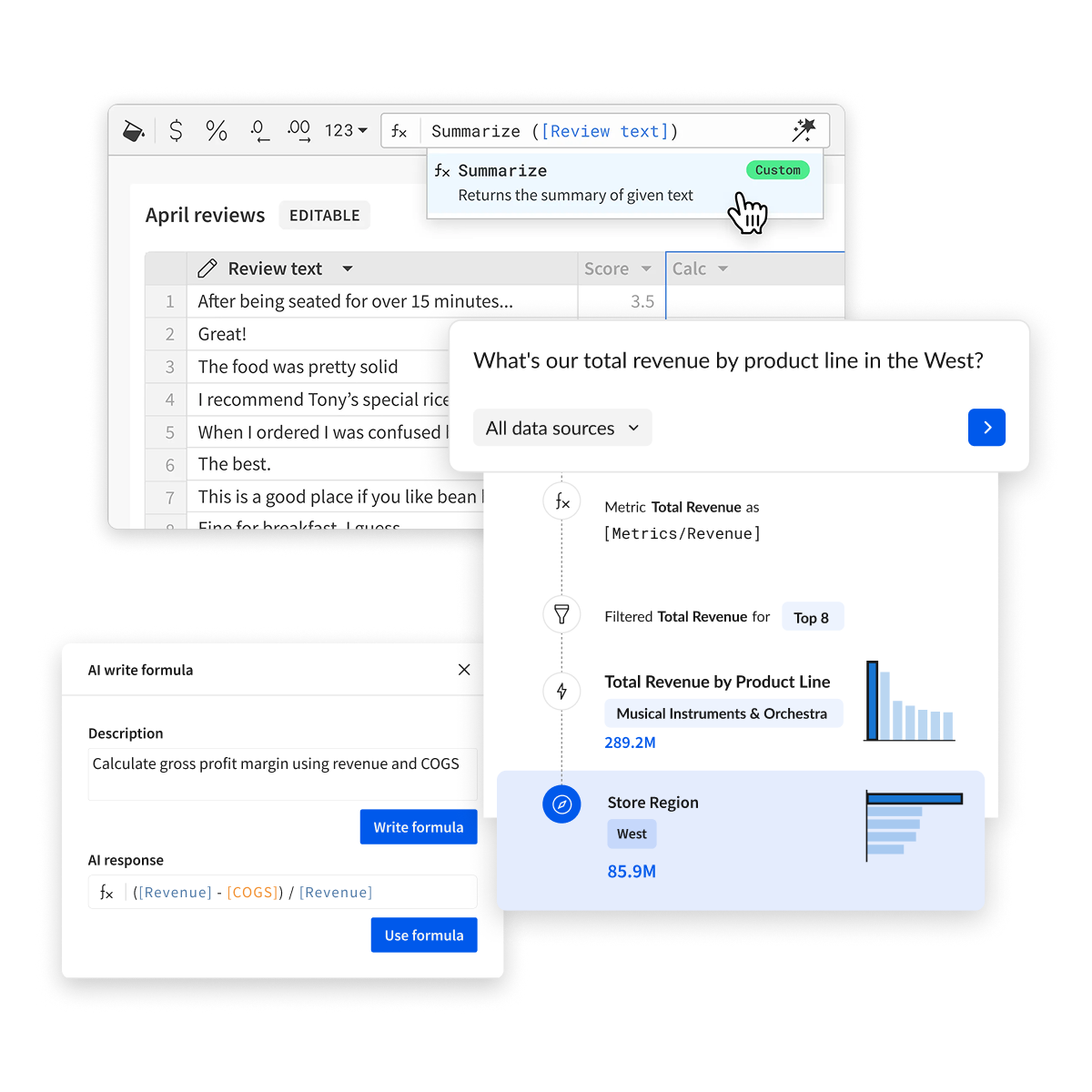
Launched agentic MCP server in July 2025; self-service analytics with AI.

Why it stands out: Secoda both analyzes and governs your data at the same time. It operates on a foundation of metadata, lineage, documentation, observability, and enterprise-grade security. That woven context powers trust, accuracy, and AI that speaks your organization's language.

Best suited for business teams that need interactive dashboards and quick data exploration. If your organization’s biggest gap is making data accessible to non-technical stakeholders, start here. Look for AI-assisted features like natural language queries (Power BI Q&A, Tableau Ask Data) to reduce bottlenecks on analysts.
Ideal for teams that want to operationalize machine learning without heavy engineering resources. These platforms handle feature engineering, training, and deployment automatically. Choose this path if your goal is rapid experimentation with predictive use cases, such as lead scoring, churn prediction, or demand forecasting.
Perfect for analysts and business users who want to ask questions in plain English. These tools excel in prototyping and quick what-if analysis, though they may lack governance or enterprise-scale controls. If speed and ease of adoption are more important than strict oversight, conversational analytics will deliver quick wins.
Best for academic use, smaller data teams, or organizations with strong technical contributors. These tools provide flexibility and transparency, but they require more setup and maintenance. They’re a strong fit if your priority is customization, algorithm experimentation, or building domain-specific workflows.
Designed for large organizations with strict compliance needs. These tools bring scale, reliability, and advanced analytics, but come with higher licensing costs and longer implementation timelines. Consider these when your organization needs regulated reporting, enterprise security, or advanced forecasting baked into existing infrastructure.
Secoda stands apart as the only AI tool built on a foundation of metadata, lineage, documentation, and access controls. Choose Secoda if you want both speed and trust: natural-language analysis backed by context, automated documentation and monitoring, and governance-first AI that respects policies and permissions. This makes it the best option for teams that need to scale insights without sacrificing control.
Start by integrating your core tools like Snowflake, dbt, Looker, or any other part of your modern data stack. Secoda automatically ingests metadata, lineage, and usage patterns during the sync. For example, a Snowflake integration pulls in schema details and column-level lineage, while dbt integration adds context from models and tests.
Head to Settings → AI and toggle it on to activate Secoda’s governance-first AI. Once enabled, every query you run is backed by context from your connected metadata and permission-aware policies, so sensitive fields stay masked.
Use natural language to surface answers. For instance:
Every output includes a live link back to the data source, dbt model, or BI dashboard it came from. Analysts can confirm lineage in one click, making it easier to trust the result and share it with business stakeholders.
Instead of stopping at an answer, Secoda helps you move forward:
The result is less time spent chasing down context and more time driving value from data.
AI will continue to reshape how organizations work with data, but the long-term winners won’t just be the flashiest dashboards or the most advanced models. They’ll be the tools that combine speed with trust, and automation with governance. Whether you’re experimenting with open-source options, scaling an enterprise system, or adopting a governance-first platform like Secoda, the takeaway is simple: the right AI assistant should reduce manual effort, increase confidence in your results, and fit seamlessly into the way your team already works.